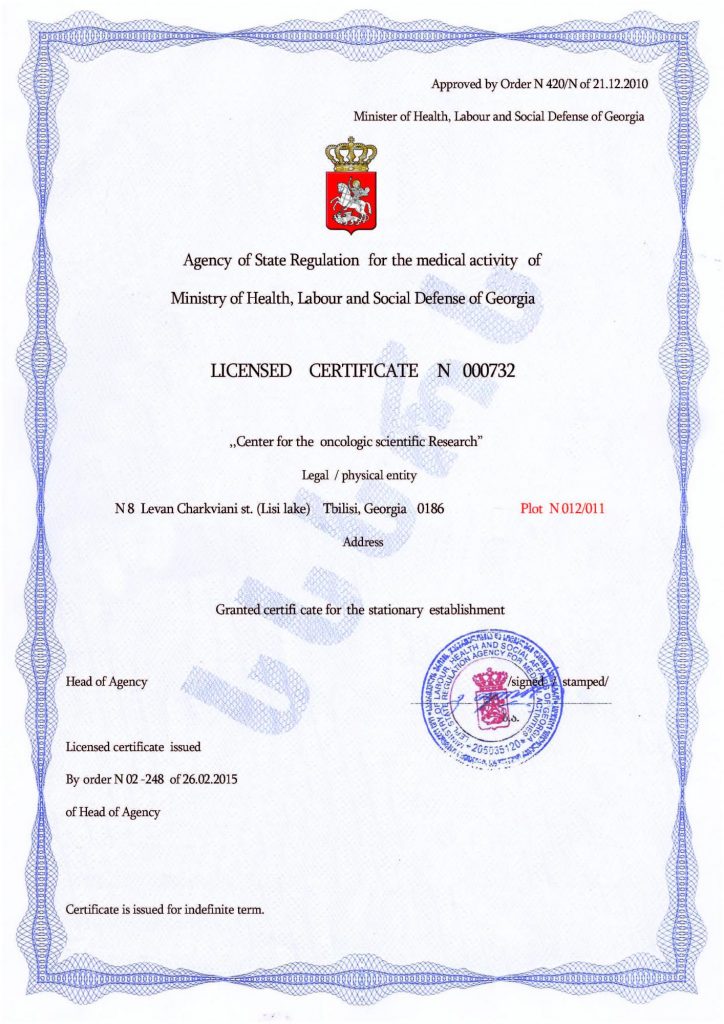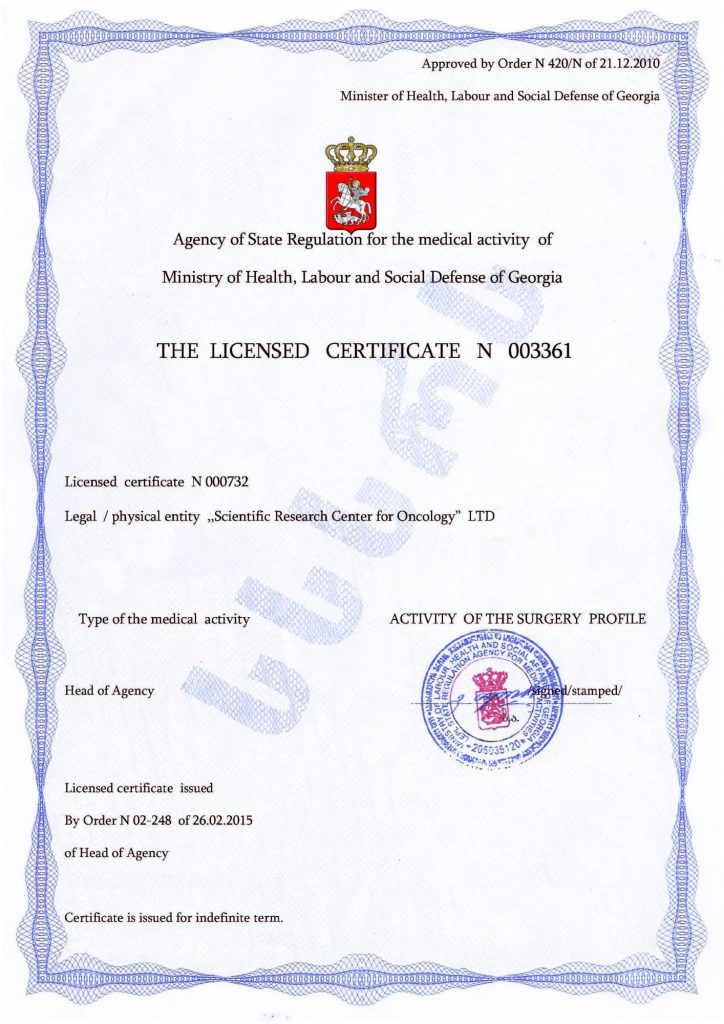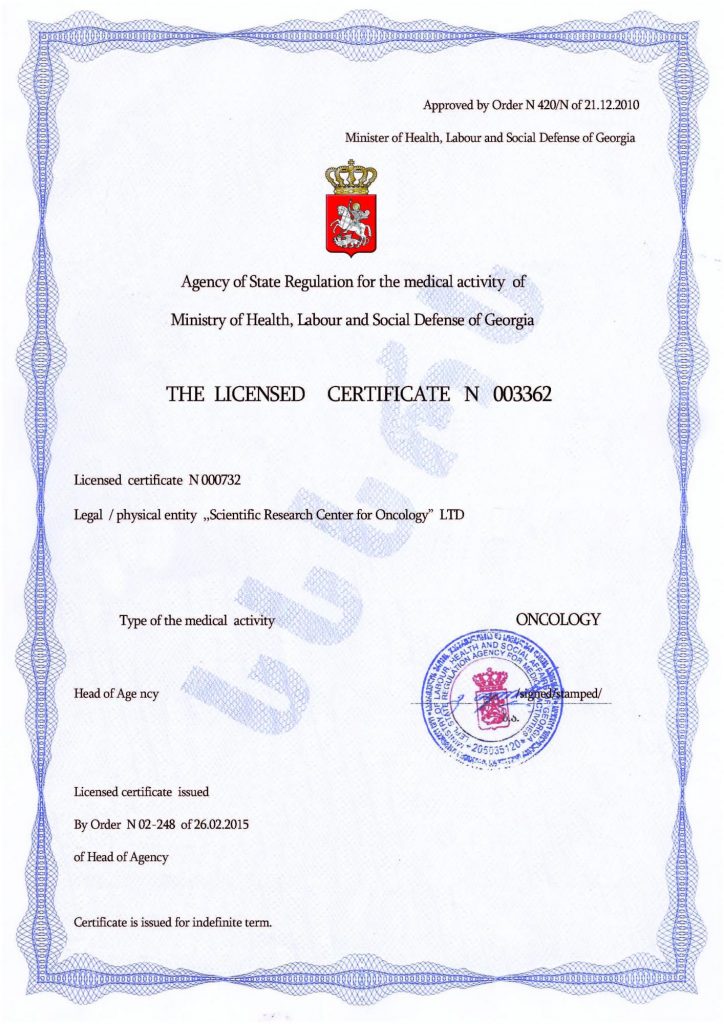Feldenkrais method for autism
The Feldenkrais method is a system of specific physical exercises. But it is not just muscle training; it is a well-designed and competent approach to the complete recovery of the body through movement. Its goal is to restore and improve the body’s functions, and only then to strengthen the muscles.
The essence of Feldenkrais treatment for autism is the rehabilitation of the musculoskeletal system using combinations of movements. It also improves the work of internal organs and systems, such as the brain, so that the patient learns to control the body using all its capabilities.
Method benefits for the patient:
- Safety, non-traumatic
- Simplicity of performance
- Good tolerance for children with muscular dysfunctions
The Feldenkrais method is prescribed in cases of:
- Autism, or autism spectrum disorder
- Cerebral palsy
- Stroke
- Cerebral circulation disorders
- Severe functional genetic abnormalities
- Development delay, mental and physical development delay, and psycho-verbal development delay.
Feldenkrais method exercises
Independent exercises. A patient who has basic body control skills can do these exercises on their own if they are able to respond to requests and have the skill of imitation. During the session, the therapist demonstrates certain movements, and the child repeats them. This is a rather effective form of interaction, where the patient will subconsciously and mechanically memorize the movements and will be able to do the exercises in the future on their own.
Functional integration. This form of interaction is intended for patients who are not fully in control of their bodies and are unable to imitate. In this case, the therapist performs the necessary movements forcibly, but with great attention to the patient. The therapist will bend the patient’s arms and legs or tilt their head to help the patient acquire certain poses. In this way, the child learns exactly how to perform certain actions. The patient perceives their body in a completely new way and learns to analyze the signals of the nervous system that are sent to the brain during movements.
Results of the Feldenkrais method for autism
The patient’s muscles acquire a specific “habit” of regular forced body movements, and they learn to repeat the movements independently. Former patients’ feedback is positive evidence of the Feldenkrais method. With regard to autism, many parents note that the child begins to naturally and correctly perceive their body, eat independently, and become more active. All this is great, and the method helps to cope with symptoms, but it does not cure the disease.
Cellular correction of a child’s autism is a fundamentally new approach to treatment that has proven itself in practice and among patients.
Stem cell transplantation at Mardaleishvili Medical Centre is an excellent opportunity for every autistic child.
Stem cells have the ability to repair damaged areas in the body of a sick person. Entering the brain of an autistic child, they reconstruct the cellular structure, eliminating genetically altered cells with anatomically correct counterparts. In this way, the child’s autism spectrum disorder is actually treated, while other methods only eliminate the symptoms.
Treatment of a child’s autism with stem cells is a unique opportunity to forget about the pathology. Please contact the clinic staff for a consultation!
Autism Treatment Center Videos
Autism treatment with own stem cells
Cord blood association congress
International Quality Crown
Autism Treatment Reviews
Autism treatment with own stem cells
The story of Alessandro (6 years old)
Autism Patient Testimonial - Stem Cell Treatment
Clients Testimonials
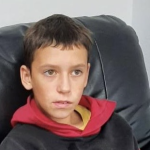
Feedback from Igor, David’s father (12 years old) Read More
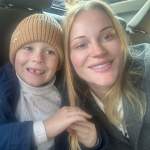
Feedback from Olga, Fedya’s mother Read More
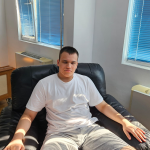
Feedback from Natalia, Radomir’s mother (15 years old) Read More
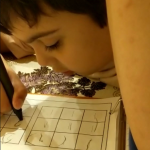
Feedback from Esther, Samuel’s mother (8 years old) Read More
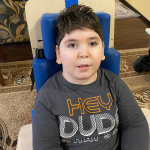
Feedback from Abibe, Selim’s mother (7 years old) Read More









